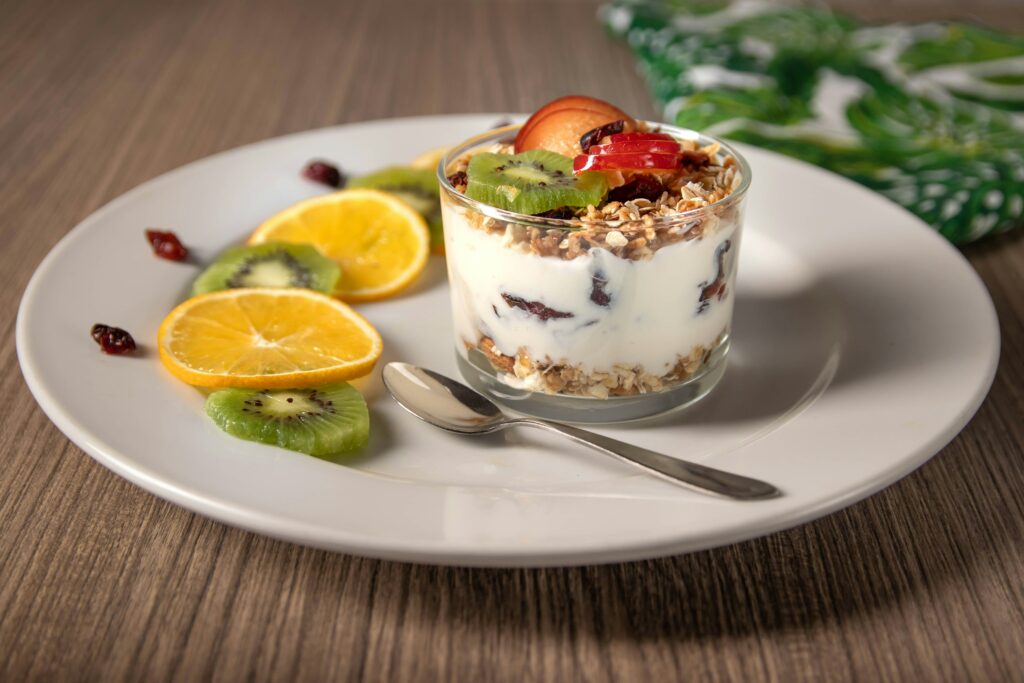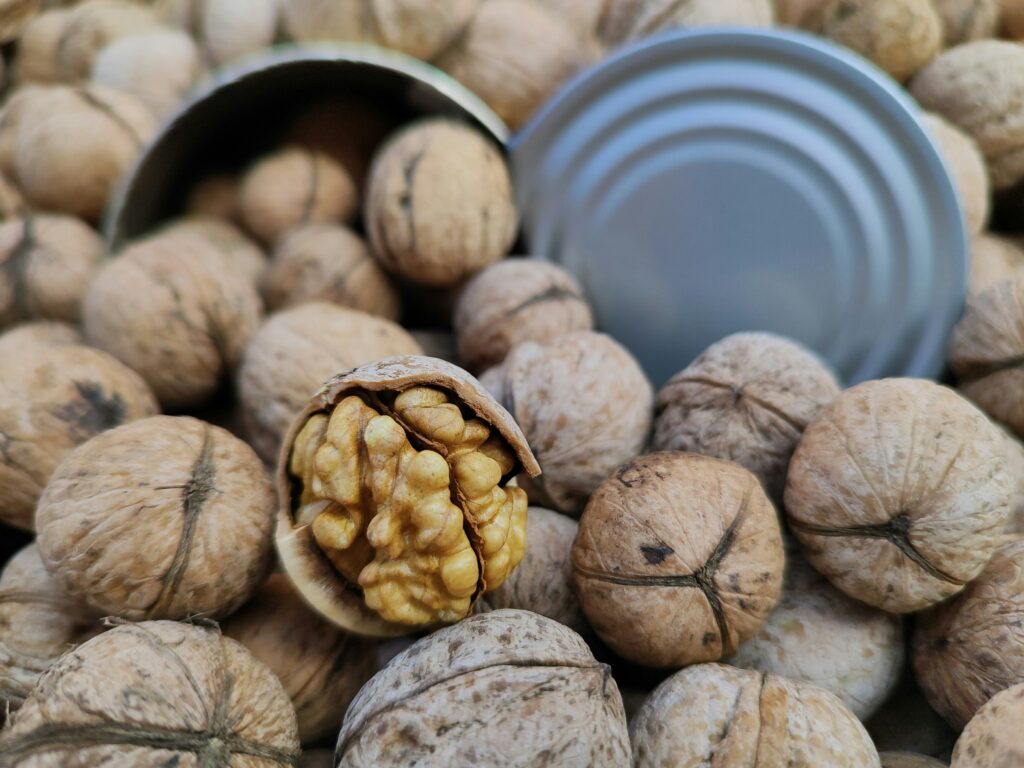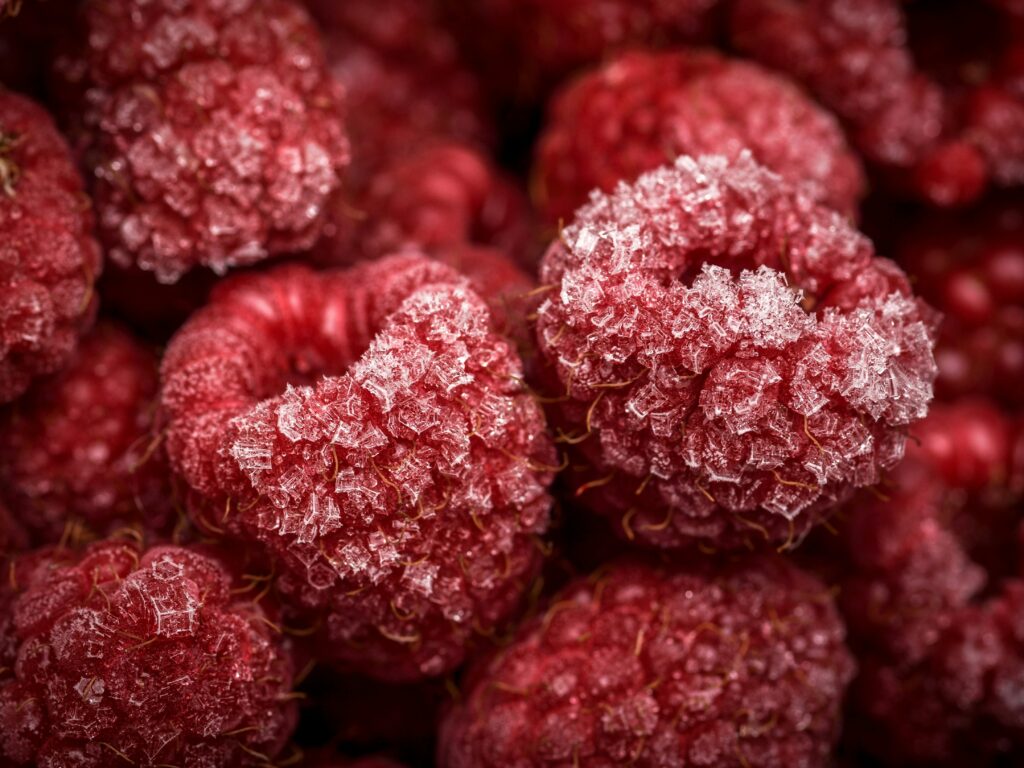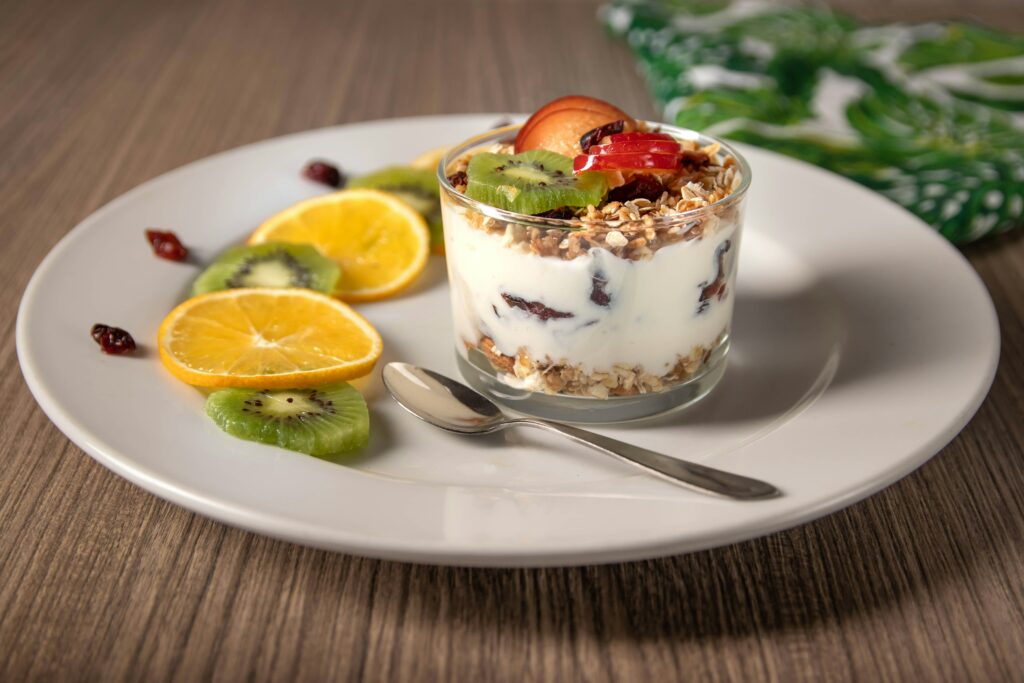Imagine a world where managing chronic pain doesn’t always mean reaching for medication. A world where your fork becomes a powerful tool in your pain management arsenal. Sounds too good to be true? Well, here’s a statistic that might make you rethink the power of your plate: according to the Australian Institute of Health and Welfare, about 1 in 5 Australians aged 45 and over are living with persistent, ongoing pain. That’s a staggering number of people whose quality of life is significantly impacted by chronic pain.
But here’s the kicker: emerging research suggests that what we eat can play a crucial role in managing chronic pain. That’s right, the foods you choose could be your secret weapon in the battle against persistent discomfort. In this comprehensive guide, we’ll explore the intricate relationship between nutrition and chronic pain, giving you practical, evidence-based strategies to harness the power of your diet for pain relief.

Understanding Chronic Pain: More Than Just a Persistent Ache
Before we dive into the nutritional aspects, let’s take a moment to understand what we’re dealing with. Chronic pain isn’t just a persistent ache; it’s a complex condition that can stem from various sources, including:
- Arthritis
- Fibromyalgia
- Neuropathy
- Lower back pain
- Headaches and migraines
What sets chronic pain apart from acute pain is its duration. While acute pain is a normal sensation triggered in the nervous system to alert you to possible injury, chronic pain persists for weeks, months, or even years. It’s not just a symptom but a condition in itself, one that can significantly impact a person’s physical and mental well-being.
In Australia, the prevalence of chronic pain is a growing concern. Beyond the 1 in 5 statistics for those over 45, chronic pain affects people of all ages, with far-reaching consequences on individuals, families, and the healthcare system.
The Science Behind Nutrition and Pain: You Are What You Eat
Now, let’s get to the meat of the matter (pun intended). How exactly does what we eat affect our pain levels? It all comes down to two key factors: inflammation and oxidative stress.
Inflammation: The Double-Edged Sword
Inflammation is your body’s natural response to injury or infection. It’s a protective mechanism designed to promote healing. However, when inflammation becomes chronic, it can contribute to persistent pain and various health issues.
Certain foods can either promote or reduce inflammation in the body. A diet high in processed foods, refined sugars, and unhealthy fats can fuel the fire of inflammation. On the flip side, a diet rich in fruits, vegetables, whole grains, and healthy fats can help douse the flames.
Oxidative Stress: The Cellular Battlefield
Oxidative stress occurs when there’s an imbalance between free radicals (unstable molecules that can damage cells) and antioxidants (substances that can prevent or slow damage to cells) in your body. This imbalance can lead to cellular damage and contribute to chronic pain conditions.
The foods we eat can either increase or decrease oxidative stress. A diet high in antioxidants can help combat oxidative stress, potentially reducing pain and improving overall health.

The Anti-Inflammatory Diet: Your First Line of Defence
Given the role of inflammation in chronic pain, adopting an anti-inflammatory diet can be a game-changer. Here’s what it looks like:
Foods to Embrace:
- Fruits and vegetables (the more colourful, the better)
- Whole grains
- Lean proteins (fish, poultry, legumes)
- Healthy fats (olive oil, avocados, nuts)
- Herbs and spices (especially turmeric and ginger)
Foods to Limit:
- Processed foods
- Refined sugars
- Red meat
- Dairy (for some individuals)
- Alcohol
Recent research has shed more light on the potential of dietary interventions in pain management. Dr. Field conducted a systematic review and meta-analysis of whole-food diets lasting longer than two weeks, where pain was evaluated before and after the diet intervention. Out of approximately 7000 articles screened, 48 groups were identified that had been given a diet to treat their pain. These diets ranged from vegan/vegetarian to Mediterranean and elimination diets like gluten-free.
The results were promising: 17 out of the 48 groups reported a clinically significant pain improvement. This suggests that for some people, diet can indeed make a difference in pain management. Interestingly, the study found an overall positive effect of whole-food diets on pain, but no single diet stood out as more effective than others.
Dr. Field suggests that common factors among these diets – such as diet quality, nutrient density, and weight loss – may all play a role in modulating pain physiology and providing pain relief.

Omega-3 Fatty Acids: Nature’s Pain Relievers
When it comes to natural pain relief, omega-3 fatty acids are the superstars of the nutrition world. These essential fats, found primarily in fatty fish, have potent anti-inflammatory properties.
Based on the latest research, whole-food diets that restrict ultra-processed sugary foods and increase omega-3 and antioxidant intake can be a valid pain management tool.
Good sources of omega-3s include:
- Fatty fish (salmon, mackerel, sardines)
- Flaxseeds and chia seeds
- Walnuts
- Algae and seaweed
Aim for at least two servings of fatty fish per week, or consider a high-quality omega-3 supplement if you’re not a fan of fish.

Antioxidants: Your Cellular Shield
Remember oxidative stress, our cellular battlefield? Antioxidants are your body’s defence force against this damage. These powerful compounds neutralize free radicals, potentially reducing pain and inflammation.
The good news? Antioxidants are abundant in a wide variety of foods, particularly in fruits and vegetables. Here’s where the concept of “eating the rainbow” comes in handy. Different coloured fruits and vegetables contain different types of antioxidants, so aim for a variety.
Some top antioxidant-rich foods include:
- Berries (blueberries, strawberries, raspberries)
- Dark leafy greens (spinach, kale)
- Sweet potatoes
- Nuts and seeds
- Dark chocolate (in moderation)
A 2018 study published in the Journal of Pain Research found that a diet high in antioxidants was associated with reduced pain sensitivity in adults with knee osteoarthritis.

Hydration: The Often Overlooked Pain Reliever
While we often focus on what we eat, we shouldn’t underestimate the power of what we drink. Proper hydration is crucial for managing chronic pain. Here’s why:
- Water helps flush out toxins that can contribute to inflammation.
- Dehydration can increase sensitivity to pain.
- Adequate hydration helps maintain the health of spinal discs, potentially reducing back pain.
Aim for at least 8 glasses of water a day, and more if you’re physically active or live in a hot climate. Herbal teas can also contribute to your daily fluid intake while providing additional anti-inflammatory benefits.

The Gut-Pain Connection: Trust Your Gut
In recent years, science has uncovered a fascinating connection between gut health and chronic pain. Your gut microbiome — the trillions of bacteria living in your digestive system — plays a crucial role in inflammation and immune function.
A diet rich in probiotics (beneficial bacteria) and prebiotics (food for these bacteria) can support a healthy gut microbiome, potentially reducing inflammation and pain. Consider incorporating these gut-friendly foods into your diet:
- Probiotic-rich foods: Yogurt, kefir, sauerkraut, kimchi
- Prebiotic-rich foods: Garlic, onions, leeks, asparagus, bananas
Specific Nutrients for Pain Relief: The Supporting Cast
While a balanced diet is key, certain nutrients deserve special attention when it comes to pain management:
- Vitamin D: Often called the “sunshine vitamin”, Vitamin D deficiency has been linked to increased pain sensitivity. While sunlight is the best source, fatty fish, egg yolks, and fortified foods can also boost your intake.
- Magnesium: This mineral acts as a natural muscle relaxant and can help reduce pain. Good sources include leafy greens, nuts, seeds, and whole grains.
- Turmeric: This golden spice contains curcumin, a compound with powerful anti-inflammatory properties. A 2016 review in the Journal of Medicinal Food found that turmeric extract was effective in treating arthritis pain.
Plant-Based Medicines: Nature’s Pharmacy
While diet forms the foundation of nutritional pain management, it’s worth mentioning the potential of plant-based medicines in complementing these efforts. Various herbs and plant compounds have shown promise in managing chronic pain.
However, it’s crucial to approach plant-based medicines with caution and under professional guidance.
Creating Your Pain-Management Nutrition Plan: Small Steps, Big Impact
Changing your diet can seem overwhelming, especially when dealing with chronic pain. Here are some tips to get you started:
- Start small: Add one anti-inflammatory food to your diet daily.
- Plan ahead: Meal planning can help you stick to your new eating habits.
- Be patient: It may take several weeks to notice significant changes in your pain levels.
- Listen to your body: Keep a food diary to identify foods that may exacerbate your pain.
- Seek support: Consider working with a nutritionist or dietitian specialising in chronic pain management.
Remember, while nutrition can be a powerful tool in managing chronic pain, it’s not a standalone solution. It’s most effective when used as part of a comprehensive pain management plan that may include exercise, stress management techniques, and medical treatments as advised by your healthcare provider.
Conclusion: Nourishing Your Way to Less Pain
We’ve journeyed through the intricate relationship between nutrition and chronic pain, from understanding the science behind it to exploring specific dietary strategies. The power of your plate in managing chronic pain is clear. By embracing an anti-inflammatory diet rich in omega-3s, antioxidants, and specific pain-fighting nutrients, you can potentially reduce inflammation, combat oxidative stress, and ultimately, manage your pain more effectively.
But remember, everyone’s pain experience is unique, and what works for one person may not work for another. That’s why it’s crucial to approach nutritional pain management with patience, persistence, and personalised guidance.
Are you ready to harness the power of nutrition in your battle against chronic pain? We at HerbaCure are here to support you on this journey. Our team of experts can provide personalised advice on nutritional strategies and plant-based medicines tailored to your specific needs and pain condition.
Don’t let chronic pain dictate your life. Take the first step towards a pain-free future by nourishing your body with the foods it needs to heal and thrive. Your fork can indeed be a powerful tool in your pain management toolkit. Why not start using it today?



